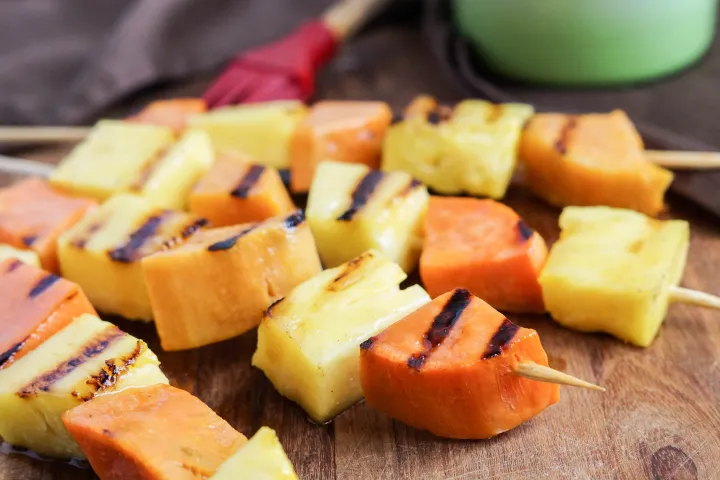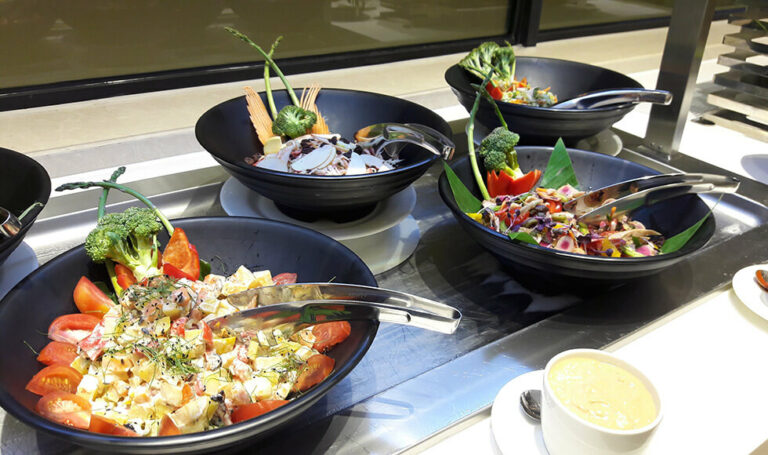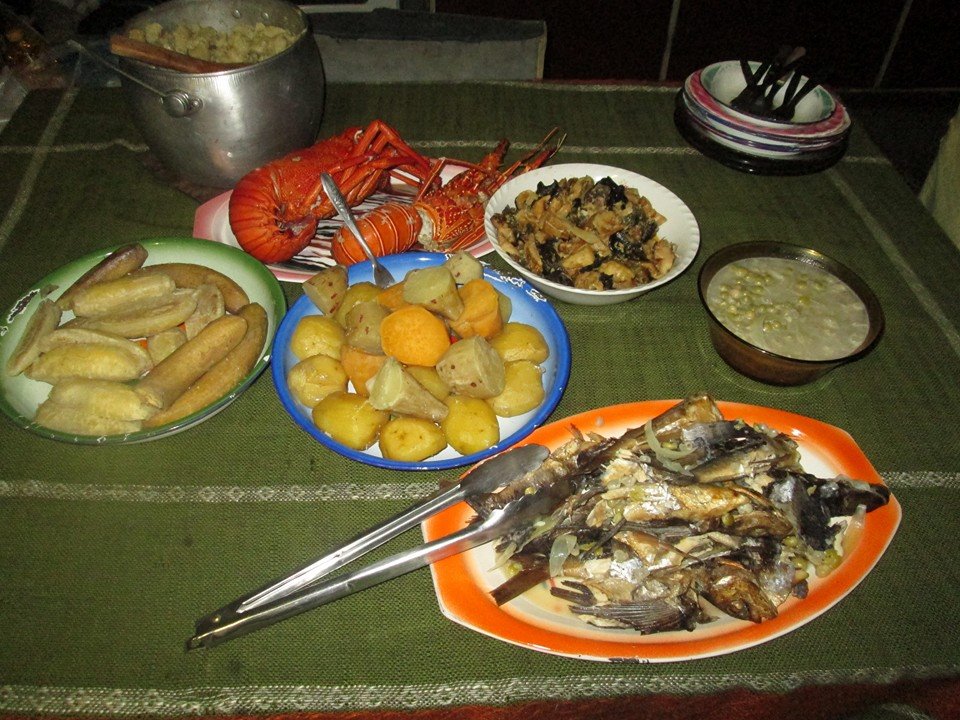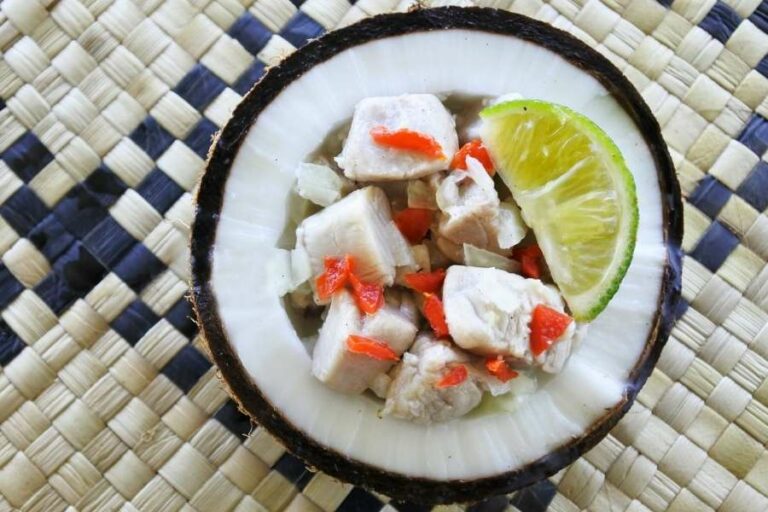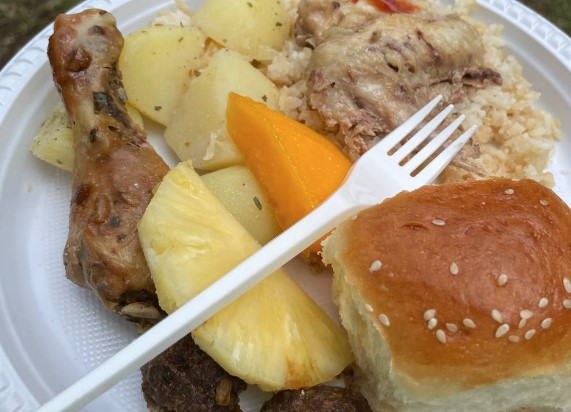Introduction: Street Food in Papua New Guinea
Street food has always been an essential part of Papua New Guinea’s rich cultural heritage, offering a wide variety of local dishes that are both tasty and affordable. The country’s street food scene is a reflection of the diverse cultures and ethnicities that make up the country, each with their unique flavor and preparation techniques.
From the bustling streets of the capital city of Port Moresby to the rural villages scattered across the country’s mountainous terrain, street food vendors are a common sight, providing locals and tourists alike with a taste of Papua New Guinea’s culinary delights.
Regional Varieties of Street Food
Papua New Guinea’s street food scene is diverse and varies significantly from one region to another. In the coastal region, seafood such as fish, crabs, and prawns are the mainstay of street food. In contrast, the Highlands region is known for its roasted sweet potatoes, taro, and yams, often served with traditional vegetable dishes.
The eastern region of Papua New Guinea is famous for its exotic flavors, with dishes such as roasted sago grubs and sautéed river prawns being popular among locals. In contrast, the western region offers a fusion of Indonesian and Melanesian cuisine, with dishes such as nasi goreng (Indonesian fried rice) and coconut-based curries being the most popular.
History and Evolution of Street Food
Street food has been a part of Papua New Guinea’s culinary heritage for centuries. The country’s diverse cultural groups have contributed to the evolution of street food, with each group bringing its unique flavors and cooking techniques.
Over the years, street food has become an essential part of Papua New Guinea’s social and economic landscape. It has provided employment opportunities for many locals, and its affordability has made it a popular option for both locals and tourists.
Popular Street Food Dishes and Ingredients
Some of the popular street food dishes in Papua New Guinea include mumu (a traditional Highlands dish where meat and vegetables are cooked in an underground oven), kokoda (a raw fish salad marinated in lime juice and coconut cream), and toka (grilled freshwater prawns).
The ingredients used in street food are typically sourced locally, with traditional spices such as turmeric, ginger, and garlic being used to add flavor to the dishes.
Health and Safety Concerns
While street food is an essential part of Papua New Guinea’s culinary heritage, it is not without health and safety concerns. The lack of proper hygiene and sanitation standards in some food stalls can lead to food poisoning and other related illnesses.
To address these concerns, the government has implemented regulations to ensure that street food vendors adhere to proper food safety standards. However, it is still important to exercise caution when trying new street food dishes.
The Future of Street Food in Papua New Guinea
The street food scene in Papua New Guinea is continually evolving, with vendors adopting new cooking techniques and experimenting with different flavors. The emergence of food festivals and culinary events is a testament to the growing popularity of street food in the country.
As Papua New Guinea continues to develop, the street food industry is expected to grow, providing employment opportunities and a taste of the country’s diverse culinary heritage to locals and tourists alike.



